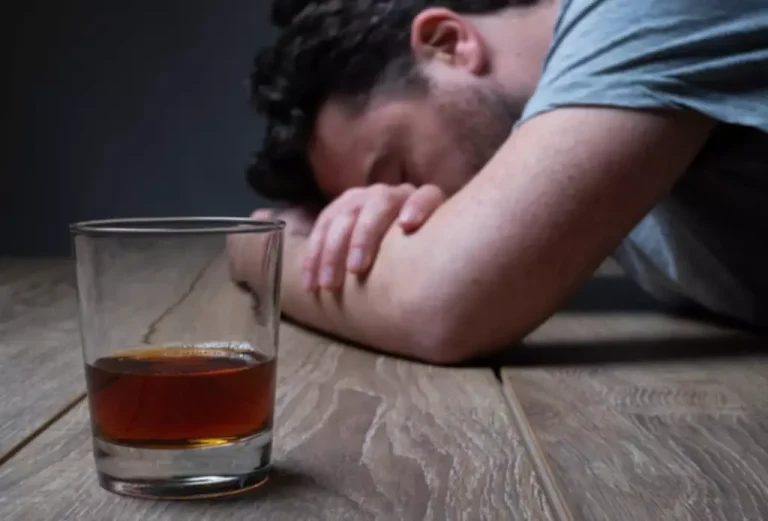
Specific social problems such as homelessness, isolation, marital breakdown, child care issues including parenting problems, child abuse and neglect will require referral to, and liaison with, appropriate social care services (National Treatment Agency for Substance Misuse, 2006). A proportion of service users entering specialist treatment are involved with the criminal justice system and some may be entering https://ecosoberhouse.com/boston-sober-house-dorchester/ treatment as a condition of a court order. Therefore, appropriate liaison with criminal justice services is essential for this group. People who are alcohol dependent and who have recently stopped drinking are vulnerable to relapse, and often have many unresolved co-occurring problems that predispose to relapse (for example, psychiatric comorbidity and social problems) (Marlatt & Gordon, 1985).
Medical Professionals

The first category of costs is that of treating the medical consequences of alcohol misuse and treating alcohol misuse. The second category of health-related costs includes losses in productivity by workers who misuse alcohol. The third category of health-related costs is the loss to society because of premature deaths due to alcohol misuse.
- This increased activity of neuroactive steroids in the brain following alcohol exposure is not dependent on their production by peripheral organs (Sanna et al. 2004).
- For people with severe alcohol dependence and/or significant physical or psychiatric comorbidity, this may require assisted alcohol withdrawal in an inpatient or residential setting, such as a specialist NHS inpatient addiction treatment unit (Specialist Clinical Addiction Network, 2006).
- A doctor may diagnose alcohol dependence if you show two or more of the above symptoms based on the ongoing pattern of how you use alcohol.
- A recent Scottish national alcohol needs-assessment using the same methods as ANARP found treatment access to be higher than in England, with one in 12 accessing treatment per annum.
- If you’re worried that you have any of these symptoms, talk to a health professional at your GP surgery or seek further information from one of the organisations at the bottom of this page.
- It might be surprising to hear that you don’t always have to be drinking to extreme levels to become dependent on alcohol.
Innovative Frontiers in Addiction Recovery
Most medical schools only devote a few hours over four years to teaching addiction medicine, a mere fraction of the time devoted to other chronic diseases encountered in general practice [8]. As a result, many physicians are ill-equipped to differentiate addiction from dependence due to a lack of expertise. Other professionals who diagnose addiction (e.g. social workers, physician assistants, nurse-practitioners, addiction counselors) also need better education about these distinctions. physiological dependence on alcohol The UK Cabinet Office recently estimated that the cost of alcohol to society was £25.1 billion per annum (Department of Health, 2007). A recent report by the Department of Health estimated an annual cost of £2.7 billion attributable to alcohol harm to the NHS in England (Department of Health, 2008a). Hospital inpatient and day visits accounted for 44% of these total costs, whilst accident and emergency department visits and ambulance services accounted for 38%.
Alcohol withdrawal
These include alterations in adenosine signalling [187,188], as well as changes in PKC and adenylate cyclase activity [189,190,191]. Anticonvulsants are used for seizure disorders and several have indications for chronic pain conditions and mood stabilization. They have a variety of mechanisms, including blockage of sodium channels, enhancing GABA, antagonizing glutamate receptors, and blocking calcium channels. Pharmacologic strategies to reduce drinking in patients with AUD may attempt to correct the imbalance between excitatory and inhibitory pathways, and relieve the intense craving for alcohol brought about by neuroadaptation. Alternatively, compounds that target reward pathways may compensate for the plasticity in dopamine signaling that enhances the drinking experience of patients with AUD.
12.4. Homeless people
According to this model, addiction can be conceptualized as a cycle of increasing dysregulation of the brain reward and antireward systems, resulting in a negative emotional state that contributes to the compulsive use of drugs. Within the brain, the counter-adaptive processes that limit reward function are unable to return to the normal homeostatic range, leading to prolonged dysregulation affecting motivation and promoting drug-seeking behaviours in an individual. Some studies using animal models involving repeated withdrawals have demonstrated altered sensitivity to treatment with medications designed to quell sensitized withdrawal symptoms (Becker and Veatch 2002; Knapp et al. 2007; Overstreet et al. 2007; Sommer et al. 2008; Veatch and Becker 2005). Moreover, after receiving some of these medications, animals exhibited lower relapse vulnerability and/or a reduced amount consumed once drinking was (re)-initiated (Ciccocioppo et al. 2003; Finn et al. 2007; Funk et al. 2007; Walker and Koob 2008). Indeed, clinical investigations similarly have reported that a history of multiple detoxifications can impact responsiveness to and efficacy of various pharmacotherapeutics used to manage alcohol dependence (Malcolm et al. 2000, 2002, 2007).

Pharmacotherapy: approved medications for AUD

Tinggalkan Balasan